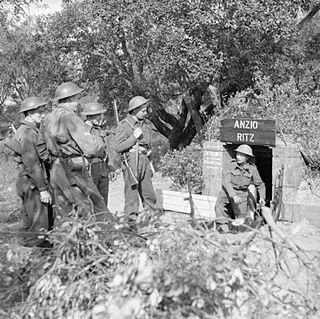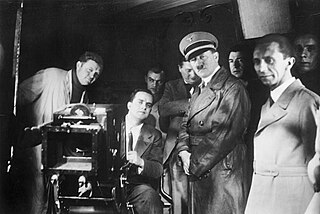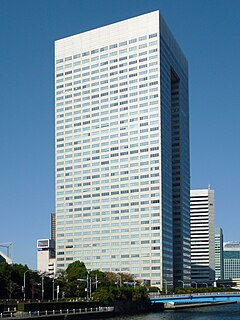 W
WThe Army Kinematograph Service (AKS) was established by the British government in August 1941 to meet the increasing training and recreational needs of the British Army during the Second World War. Created by the newly established Directorate of Army Kinematography, whose remit was "to be responsible for providing and exhibiting all films required by the Army for training, educational and recreational purposes", it expanded over the next few years to become the most prominent film production and exhibition section for a major part of the British Armed Forces.
 W
WChina Film Group Corporation (CFGC), is the largest, most influential state-owned film enterprise in the People's Republic of China. According to Forbes, it is a state monopoly that all imported films have to work with. It also runs theaters and finances, produces, and distributes films. In 2014, the company was the largest film distributor in China, with 32.8% of the market.
 W
WCinecittà Studios, is a large film studio in Rome, Italy. With an area of 400,000 square metres, it is the largest film studio in Europe, and is considered the hub of Italian cinema. The studios were constructed during the Fascist era as part of a plan to revive the Italian film industry.
 W
WRussian Cinema Fund Analytics, known as Cinema Fund, is the Russian Government's key funding body for the Russian screen production industry. Its functions are to support and promote the development of a highly creative, innovative and commercially sustainable industry, with a mandate to promote the creation and distribution of films in Russia as well as to preserve the country's film history.
 W
WDEFA was the state-owned film studio of the German Democratic Republic throughout the country's existence.
 W
WThe Deutsche Zeichentrickfilme GmbH (DZF) was founded on 25 June 1941 by Reich propaganda minister Joseph Goebbels and was clearly seen as an important war facility. It was set up as an alternative to Disney, attempting to rival films such as Mickey Mouse, while spreading the Nazi ideology and propaganda through a less aggressive entertainment source.
 W
WThe Empire Marketing Board was formed in May 1926 by the Colonial Secretary Leo Amery to promote intra-Empire trade and to persuade consumers to 'Buy Empire'. It was established as a substitute for tariff reform and protectionist legislation and this is why it was eventually abolished in 1933, as a system of imperial preference replaced free trade. During its brief existence, the Empire Marketing Board was unsuccessful in raising Britain's imports of products from the Empire.
 W
WThe National Film Department of Malaysia, abbreviated FNM, sometime Jabatan Filem Negara (JFN) or the Malaysian Film Unit; was a Malaysian state-owned film production organization. It is the government department under the Malaysian Ministry of Communications and Multimedia, which was responsible for the filming and documentation of national events as well as producing factual and unscripted contents. In its heyday, it was Malaysia's premiere film agency. Its corporate emblem features a jumping Malayan tiger, which was synonymous with the agency and its headquarters were located in Petaling Jaya, Selangor.
 W
WThe 18th AAF Base Unit, originally known as the First Motion Picture Unit, Army Air Forces, was the primary film production unit of the U.S. Army Air Forces (AAF) during World War II, and was the first military unit made up entirely of professionals from the film industry. It produced more than 400 propaganda and training films, which were notable for being informative as well as entertaining. Films for which the unit is known include Resisting Enemy Interrogation, Memphis Belle: A Story of a Flying Fortress and The Last Bomb—all of which were released in theatres. Veteran actors such as Clark Gable, William Holden, Clayton Moore, Ronald Reagan, and DeForest Kelley, and directors such as John Sturges served with the 18th AAF Base Unit. The unit also produced training films and trained combat cameramen.
 W
WLenfilm is a Russian production company with its own film studio located in Saint Petersburg. It is a corporation with its stakes shared between private owners and several private film studios which operate on the premises. Since October 2012, the Chairman of the board of directors is Fyodor Bondarchuk.
Manchukuo Film Association Corporation or Man'ei (滿映) was a Japanese movie studio in Manchukuo during the 1930s and 1940s.
 W
WThe National Film Board of Canada is Canada's public film and digital media producer and distributor. An agency of the Government of Canada, the NFB produces and distributes documentary films, animation, web documentaries, and alternative dramas. In total, the NFB has produced over 13,000 productions since its inception, which have won over 5,000 awards. The NFB reports to the Parliament of Canada through the Minister of Canadian Heritage. It has bilingual production programs and branches in English and French, including multicultural-related documentaries.
 W
WThe National Film Unit (NFU) was a state-owned film-production organisation originally based in Miramar, New Zealand. Founded in 1936 when the government took over a private film studio, Filmcraft, the NFU produced newsreels, documentaries and promotional films about New Zealand, and for many years was the only significant film-production facility in the country. Many people who became prominent in the development of the modern New Zealand film industry were trained by the NFU.
 W
WProduksi Film Negara is a state-owned Indonesian film production company. PFN is one of the pioneers in Indonesian film industry at the time when it is formed.
 W
WToshiba Corporation is a Japanese multinational conglomerate headquartered in Minato, Tokyo. Its diversified products and services include power, industrial and social infrastructure systems, elevators and escalators, electronic components, semiconductors, hard disk drives (HDD), printers, batteries, lighting, as well as IT solutions such as quantum cryptography. It was one of the biggest manufacturers of personal computers, consumer electronics, home appliances, and medical equipment. As a semiconductor company and the inventor of flash memory, Toshiba had been one of the top 10 in the chip industry until its flash memory unit was spun off as Toshiba Memory, later Kioxia, in the late 2010s.